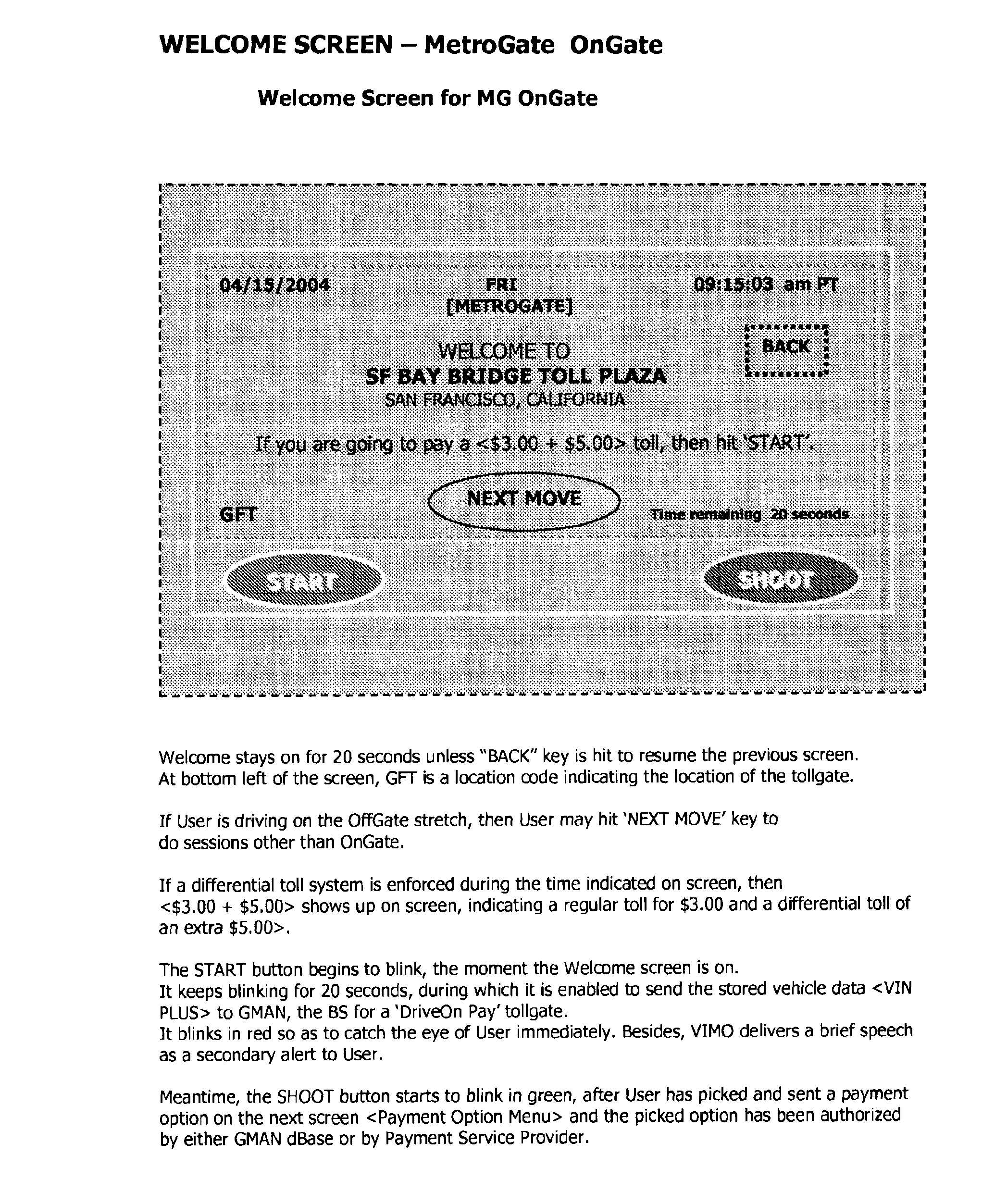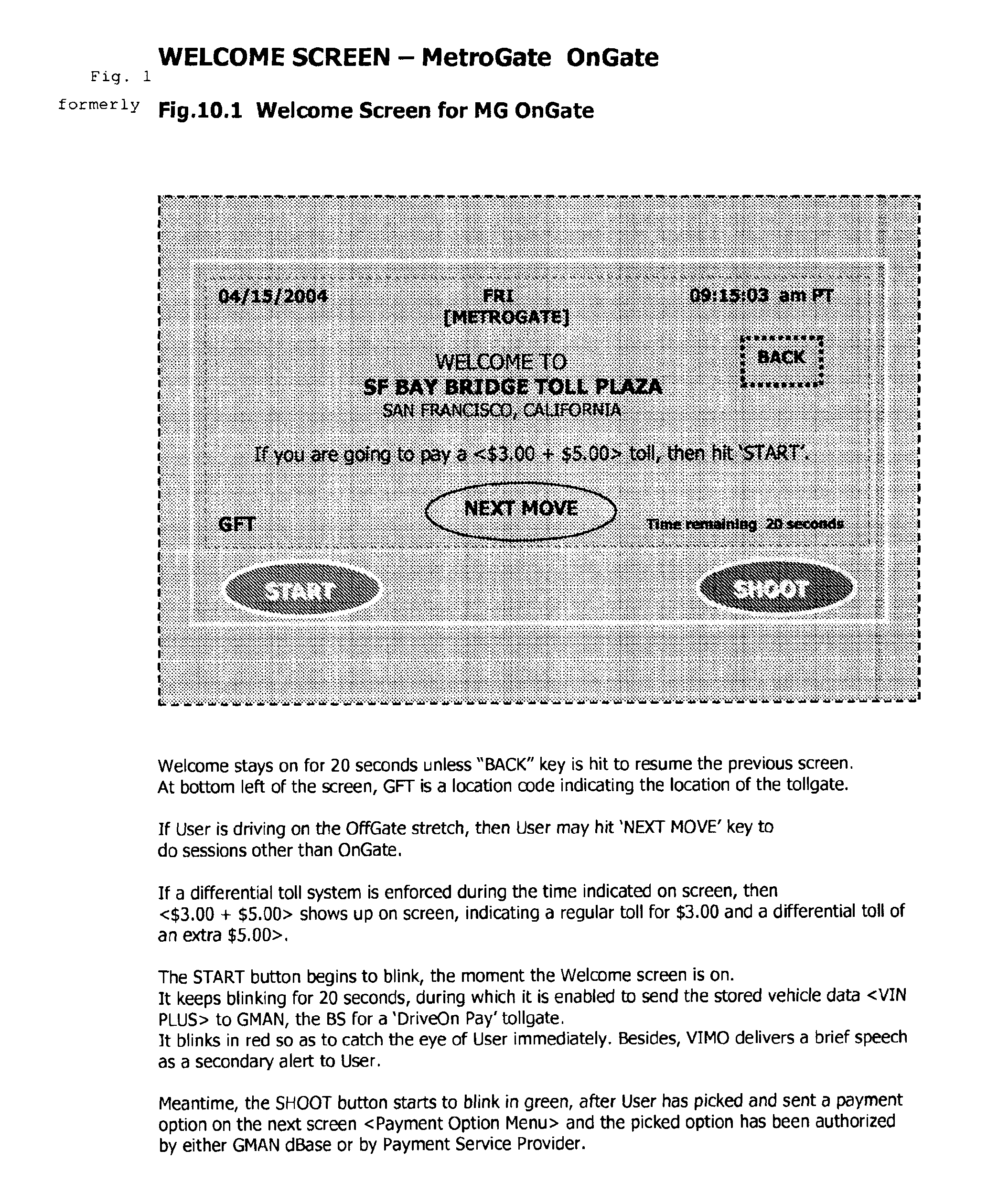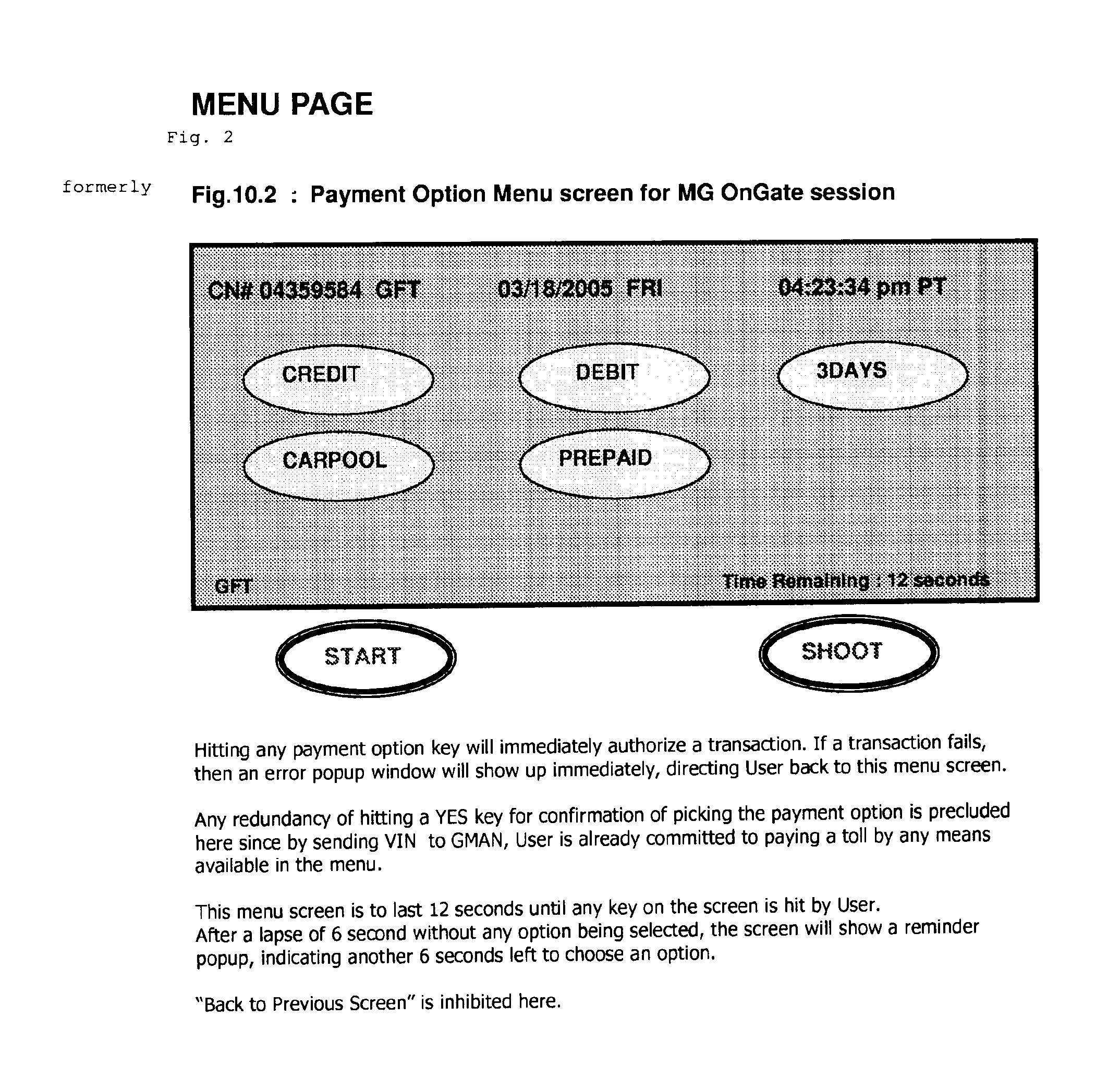The ever-worsening traffic congestion around the globe has pervasively wrought havoc on modern urban and rural living, spreading its ripple effects on all walks of life.
On the other hand, desolate road conditions and bad weather, like rains, should work as TSBoo all the time.
Some current gap-filler technology adopted for toll collection, for example, is only spurring the devastating entropies of traffic safety and conveniences worldwide.
It is because such parameters as TSBoo and TSBuff are intertwined, intermingled, hybridized and mutated so much so that the current ETC (Electronic Toll Collection) technology combining cash and electronic collection does no longer stay fit to solve the anomalies arising out of them but only ends up the opposite of what was intended.
In other words, behavioral changes of both consumers and motorists are hardly kept up with by any new technological breakthroughs due to the persistent aftermarket prowess of obsolescent technology.
Some realistic technological compromises and tradeoffs may appear to be good up to a certain level, but may stop working after reaching that specific level.
Wireless paying by mobile phones is based on an infrared beam technology, is not menu-driven, and is effective only within an arm's reach.
The ECHEOLON may globally monitor all the electronic communications but can hardly track vehicles used for crimes and terrors unless those vehicles use any electronic communication devices or whatsoever.
The soaring security costs due to the 9 / 11 of 2001 have lately sent major airliners teetering on the brink of bankruptcy, while low-cost airliners start mushrooming.
But these kinds of debacle or shakeout seemingly have some latent risks that will soon come to hit flight passengers harder.
It is pointed out that security costs and related expenses have pushed the overheads for airline industry globally by 20%.
However, they have in part created a realm of risks, dangers and discomforts in terms of Driver Distraction, due to the lack of multidisciplinary design optimization resulting from the centrifugal tendency of automotive gadgetry.
If this trend were any indication, online payments behind the wheel at a full speed would soon be a top issue in the auto-mobile design, surpassing the mutually exclusive gadgets like GPS navigators, satellite radios and MP3 players.
Motorists are faced with more sacrifices at tollgates in terms of gasoline and time henceforward.2) Growing waste of energy: In the worst case scenario, an on-going doomsaying about a possible depletion of crude oil reserves might come true in 2025-2030.3) Environmental problems, like global warming, will be a life-and-death issue in another decade, unless greenhouse gas emissions from vehicles are under control.
It is a hard fact that running vehicles account for 63% of the CO2 gas emissions over the world, and that the tollgates are responsible for most of the emissions.
Long story short, these two methods are not supposed to mix at all for the following reasons:1) The current mix of cash collect and RFID technology is self-contradictory and can cause a set of never-ending weakest links and a dilemma.
Under the current system, motorists are required to choose from cash lanes, RFID lanes and carpool lanes, thereby causing abrupt lane-changing needs to end up in escalating traffic snarls, slowdowns and stops.
Overtweaking the current system would lead to more User-unfriendly solutions, ending up an escalation of the scope of entropy.2) It is absolutely impossible to have 100% of local motorists sign up for prepaid accounts in support of RFID technology including FasTrak and EZ-Pass.
Even if it were legislatively mandated, then it would be impossible to enforce all the prepaid accounts to stay in good shape and free of any NSF (non-sufficient fund) situations.
Meantime, the booth-free toll-collecting system on toll roads appears to be unmanned on the surface, but it needs a lot of back-office manpower for billing.
Even worse, it comes with a fail ratio of 15% plus a considerable misreading ratio.
The unmanned toll collection system on toll roads is not very efficient, conditional only to a low traffic volume, and will not justify when the traffic volume grows over a certain level, like a metropolitan volume.
Nevertheless, toll roads are expected to come to 30 in number sooner or later in the United States.4) In some states like Florida and California, vehicles with RFID transponders are randomly monitored unbeknownst to the motorists, raising privacy issues.
But the current system is hopelessly lacking any means of introducing such extra funding schemes.
The divergent nature of each motorist's financial situation can only cause a yawning gap between a forced selection of a limited choice and their divergent payment means.
On the other hand, mobile phones are handy, but are not suitable for fail-safe DriveOn Pay™ operations for the following reasons:1) Mobile phones are elusive from time to time, when a User is in a desperate need.
Besides, the chances are that coincidentally the phone battery is dead, when you need the phone desperately.2) Mobile phones are primarily for voice communications, and may put Users on a collision course more often than not when used as all-in-one devices for mobile TV, streaming video, nomadic Internet connections, digital cameras and live traffic newscast.
Especially, motorcyclists wouldn't welcome mobile phones as a wireless toll-paying device that can be used while running at a full speed.
 Login to View More
Login to View More  Login to View More
Login to View More 


